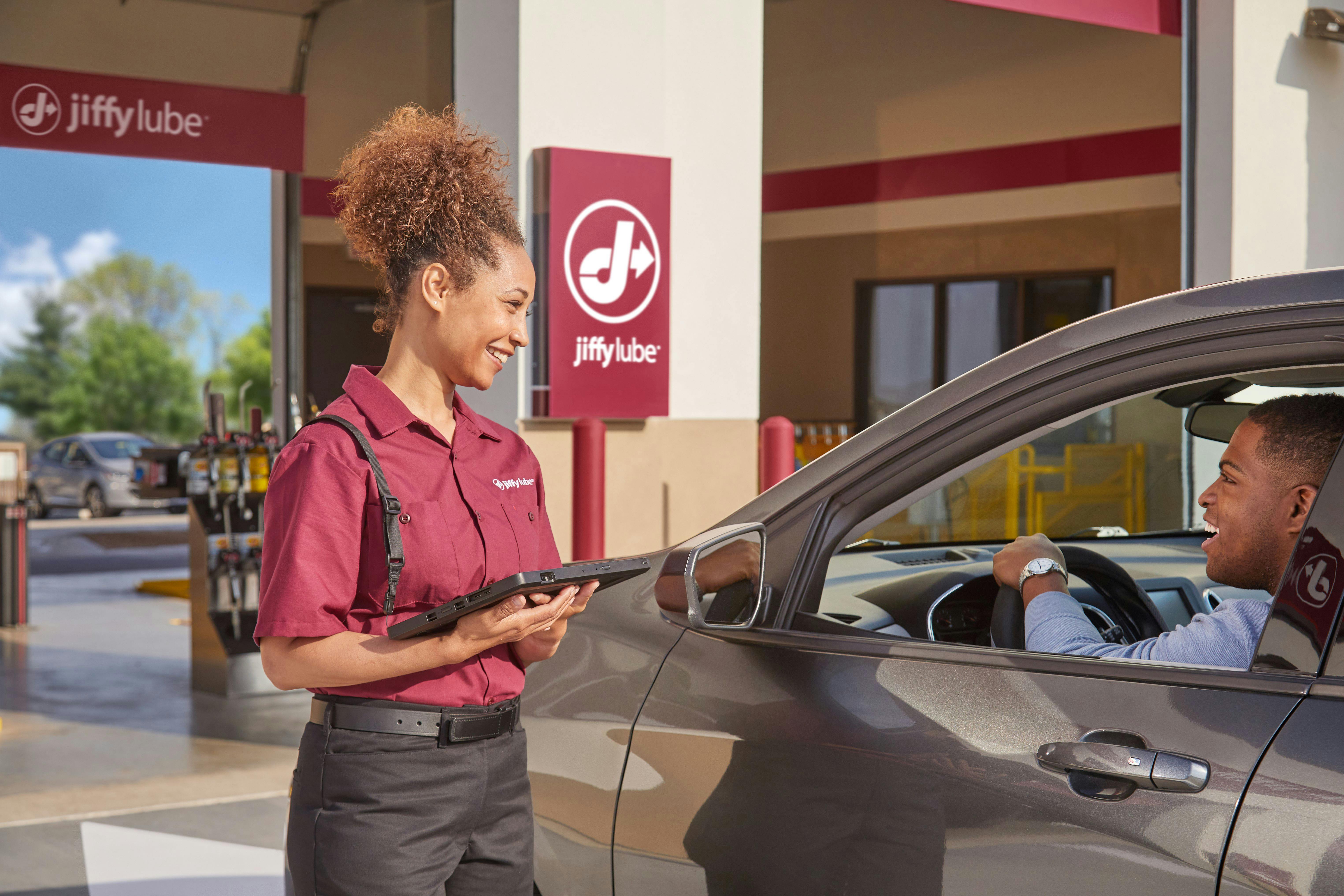Let’s hear it for the amazing anti-lock braking system! Also known as ABS, this standard safety feature deserves a hearty round of applause, as it helps you retain control of your vehicle when you need it most — in an emergency.
How Anti-Lock Brakes (ABS) Work
Before anti-lock brakes, wheels could lock when you suddenly hit the brakes, making steering difficult. Today’s ABS senses that a wheel is about to lock up or go into a skid and immediately responds by easing the braking force. This enables the wheel to maintain traction and helps you steer to safety.
Here’s what to do to activate anti-lock brakes effectively:
- Apply pressure to the brake pedal
- Press and hold — no need to pump ABS
- Steer to safety
ABS Components
Understanding ABS and how its components work can take some of the panic out of panic stops. The primary components of ABS include:
- Hydraulic Control Unit (or HCU),
- Hydraulic Pump,
- Control Module,
- Wheel Speed Sensors (or WSSs)
Here’s what happens when these components work together:
- The WSSs produce a signal that indicates the speed of a wheel (or wheels).
- As the system senses an impending wheel lockup at a specific wheel, the control module sends a signal to the HCU to limit the amount of brake application to that wheel, allowing it to continue rolling rather than lock up.
- As the wheel is allowed to speed back up, the control module monitors the WSS and reapplies the brake.
- These steps occur repeatedly (many times per second!) until the brake lockup circumstances no longer exist.
- The hydraulic pump typically runs during this operation.
What Are the Typical Configurations of Anti-Lock Brakes?
The typical configurations of anti-lock brakes include:
- Rear Wheel Anti-lock (RWAL): This is the basic ABS found in older vehicles, especially pickup trucks. It prevents rear-wheel lockup during braking, ensuring the vehicle's rear end doesn't skid sideways during heavy braking.
- Two-channel (Front/rear or X configuration): This system independently manages front and rear brakes. It’s common in front-wheel-drive cars. In some cases, the system may use an X configuration, controlling diagonal pairs of wheels.
- Three-channel (Single front/dual rear wheel configuration): Commonly found in four-wheel-drive vehicles, the configuration controls the front wheels independently and the rear wheels together. This means that if one rear wheel begins to lock up, the system will reduce brake force to both rear wheels.
- Four-channel (Individual wheel configuration): The most advanced and common type of ABS, this configuration monitors and controls each wheel independently. This allows the system to precisely control the brake force to each wheel, maximizing braking effectiveness and control.
ABS Maintenance and Care
When something is essential to your personal safety, the safety of your passengers, and the drivers with whom you share the road, you don’t want to leave maintenance to chance. Be sure to make time for a regular brake inspection. Once or twice a year is the usual recommendation, but check your owner’s manual for recommendations for your specific vehicle.
While routine brake inspections are important, don’t rely solely on that scheduled check. Be on the lookout for these seven signs of brake trouble.
- Noise. Do you hear screeching, grinding, or clicking when you apply the brakes?
- Pulling. Does your vehicle pull to one side when you brake?
- Low pedal. Does the brake pedal go almost all the way down before engaging?
- Hard pedal. Do you have to apply more pressure than usual to come to a stop?
- Grabbing. This is the opposite of “hard pedal.” Your brakes grab with even a light touch to the pedal.
- Vibration. Does the brake pedal pulse under normal, non-emergency conditions?
- Brake light. When that car warning light comes on, your vehicle is telling you something — loud and clear!
Stop By Your Local Jiffy for Brake Maintenance
Bring your vehicle to Jiffy Lube® for anti-lock brake inspection and other brake services. Whether you’re stopping by for a scheduled brake check or because you’re hearing suspicious sounds or experiencing abnormal stops, you’ll drive away with peace of mind. Trained technicians will:
- Test drive your vehicle before and after the inspection
- Ask a few questions about your driving style
- Perform a visual inspection of the brakes
- Visually inspect the ABS hydraulic and electronic components
- Test the ABS control module for any existing Diagnostic Trouble Codes (DTCs)
If brake trouble is detected, the technician will provide you an estimate of how much the repairs should cost and how long the work will take to perform. Upon your approval, your vehicle will be serviced and fully tested.
Jiffy Lube is here to help keep your vehicle running smoothly. You can feel confident that you’re in capable hands with trained Jiffy Lube technicians.
NOTE: Not all services are offered at all Jiffy Lube service centers. Please call ahead or check jiffylube.com to ensure the service is available at the Jiffy Lube location near you.



